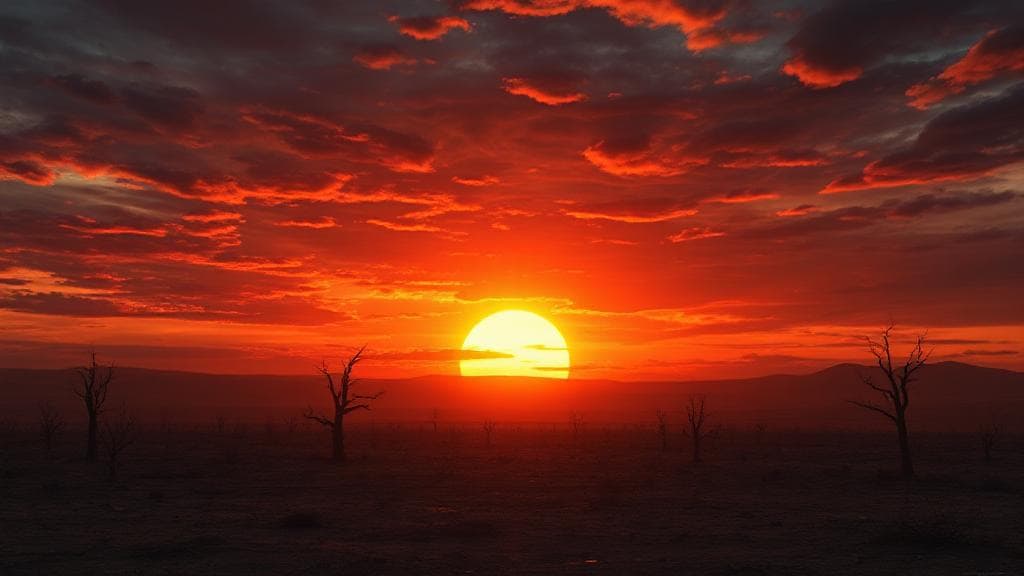Historical and Religious Perspectives
Ancient Prophecies and Civilizations
Many ancient cultures have their own versions of apocalyptic prophecies. The Mayan civilization predicted the end of the world in 2012 based on their long-count calendar. The Norse mythology speaks of Ragnarök, a series of events leading to the death of major gods, natural disasters, and the submersion of the world in water. Similarly, ancient Aztec beliefs described five different ages of the world, with our current era destined to be destroyed by earthquakes.
Religious Doctrines
Several major religions have their own eschatological beliefs:
- Christianity: The Book of Revelation describes a series of cataclysmic events leading to the final judgment
- Islam: Islamic eschatology includes the Day of Judgment (Yawm al-Qiyamah), where the world will be destroyed and resurrected
- Hinduism: The concept of Kali Yuga, the last of the four stages the world goes through as part of the cycle of Yugas
For more on religious eschatology, visit Britannica.
Scientific Theories and Predictions
Astronomical Threats
Scientists have identified several potential cosmic threats:
- Asteroid or comet impact
- Solar flare activity
- Gamma-ray bursts
- The eventual death of our Sun
The Near-Earth Object Program by NASA actively tracks potential asteroid threats to Earth.
Timeline of Earth's Future
| Time Frame | Event |
|---|---|
| 1-2 billion years | Increasing solar radiation makes Earth uninhabitable |
| 5 billion years | Sun begins red giant phase |
| 7-8 billion years | Sun becomes a white dwarf |
Climate Change and Environmental Scenarios
Climate-related end-world scenarios include:
- Runaway greenhouse effect
- Global cooling
- Ocean acidification
- Ecosystem collapse
The Intergovernmental Panel on Climate Change (IPCC) provides comprehensive reports on potential impacts.
Modern Threats
Technological Risks
Current Initiatives and Prevention
Several organizations are working to protect humanity:
- The Svalbard Global Seed Vault preserves plant biodiversity
- Space agencies developing asteroid detection systems
- Climate change mitigation efforts
- Research into space colonization
Psychological and Sociological Impact
"The universe is under no obligation to make sense to you." - Neil deGrasse Tyson
The concept of world-ending scenarios has profound psychological effects on society, leading to:
- Anxiety and eco-anxiety
- Motivating environmental activism
- Influencing popular culture and media
- Driving scientific research and innovation
- Increased religious or spiritual adherence
- Prepping and survivalism
- Social unrest and conflict
Speculative Scenarios
Popular culture has embraced various end-of-world scenarios, including:
- Zombie apocalypse, which serves as a metaphor for societal collapse
- Alien invasion, explored by organizations like the SETI Institute
While many end-of-world scenarios exist, from religious prophecies to scientific predictions, humanity's response has been to seek understanding and develop solutions. The key to addressing potential existential threats lies in balancing serious scientific study with practical preparation while avoiding unproductive panic. As we continue to advance technologically, our ability to predict and potentially prevent certain end-world scenarios improves, giving hope for humanity's long-term survival.
